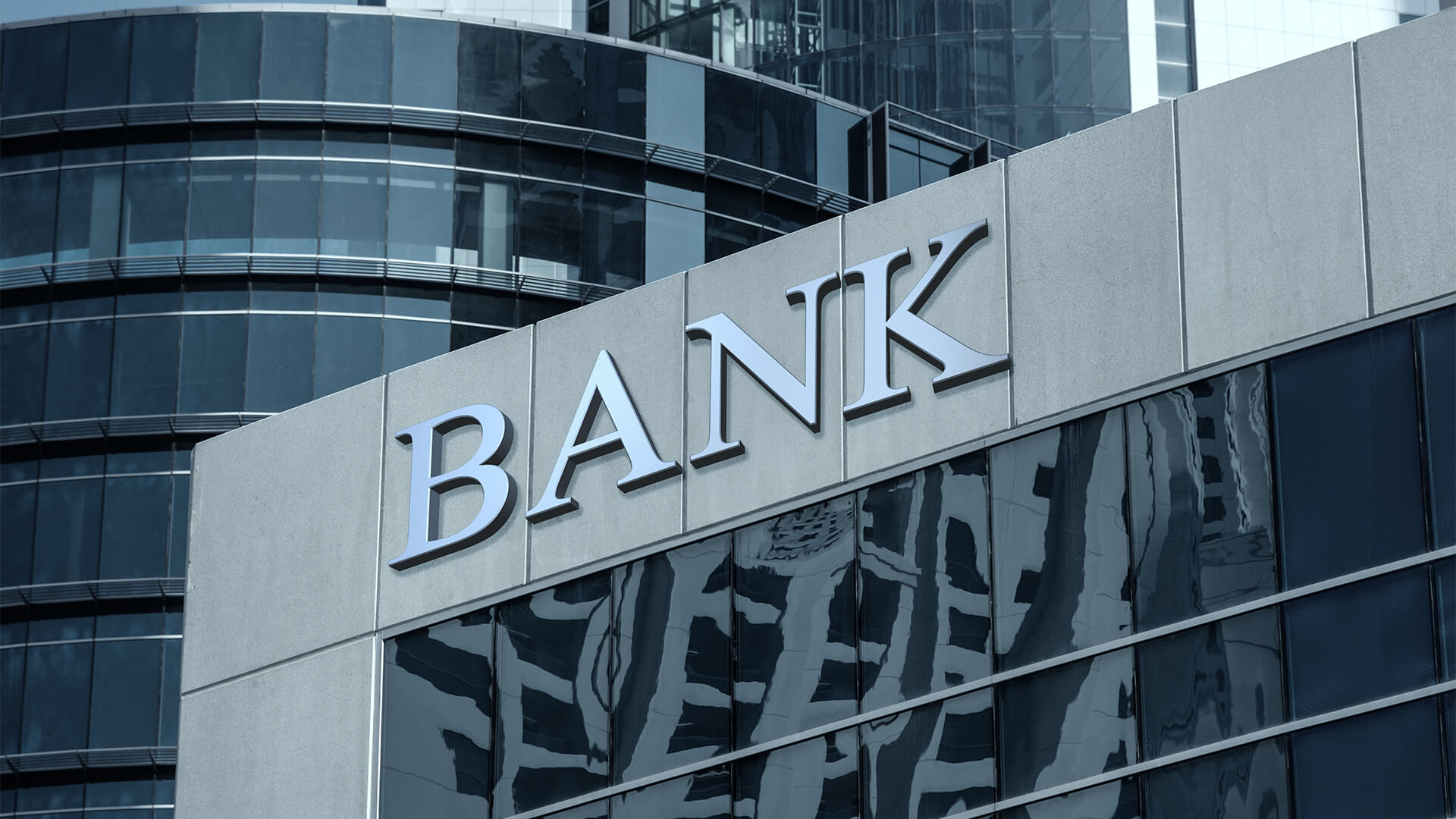
A more dovish tone from the central bank may ease intense public pressure to cut rates from the government
Brazil’s central bank is expected to hold interest rates steady at a fifth straight policy meeting on Wednesday, but all eyes are on how it describes the evolving balance of inflation risks amid a global banking crisis.
All 30 economists surveyed by Reuters forecast the benchmark Selic rate to remain at a six-year high of 13.75%. Several expect the bank to cite challenges to the global economy, which may open room for rate cuts to start earlier than previously thought.
The evolving balance of risks could open the door for the Copom rate-setting committee to make a cut as soon as June, said Jose Francisco Goncalves, chief economist at Banco Fator.
A more dovish tone from the central bank may ease intense public pressure to cut rates from the government of leftist President Luiz Inacio Lula da Silva, although few expect his harsh rhetoric to disappear until rates start dropping.
He has repeatedly called for lower borrowing costs, describing the current Selic rate “irresponsible” on Tuesday.
Lula also put off a proposal for new fiscal rules to keep a lid on public debt levels – one of several upward inflation risks flagged by the central bank at recent policy meetings.
While annual inflation rates cooled in recent months, inflation expectations worsened since the bank’s February policy meeting.
On the other hand, high-profile bank closures in the U.S. and the Credit Suisse rescue have raised concerns about the risk of a more severe crisis in the global financial system.
Investors are closely monitoring the Federal Reserve on Wednesday to see if it will keep raising interest rates.
“The data since the last Copom were bad for the inflationary dynamics, but uncertainty has increased,” said XP chief economist Caio Megale in a note to clients.
Although he predicts stable interest rates through year-end, Megale said he now sees a chance of rate cuts starting sooner.
The median forecast among economists in a weekly central bank survey showed monetary easing kicking off in November, with the Selic ending the year at 12.75%.
That outlook has remained unchanged since policymakers signaled they were considering holding rates higher for longer than market expectations due to fiscal risks, although the yield curve already points to a first cut in June.
On fiscal policy, which the central bank has flagged as a key inflation risk, Brazil’s government chose to partially resume taxes on fuels, helping to ease a budget deficit. But Lula has put off announcements about new fiscal rules until he returns from a trip to China next week.
Investors are anxiously awaiting a new fiscal framework in Brazil after Lula got congressional approval for a major spending package bypassing a constitutional spending cap to meet campaign promises. (Reporting by Marcela Ayres; Editing by Lincoln Feast.)













